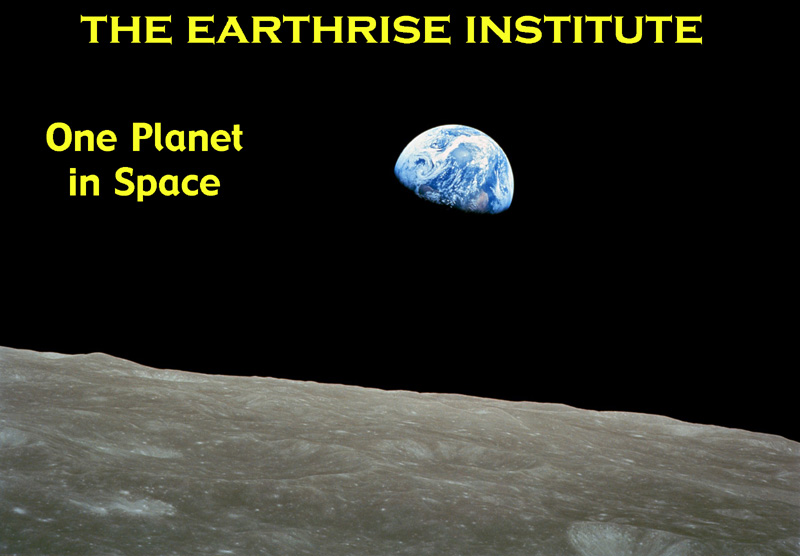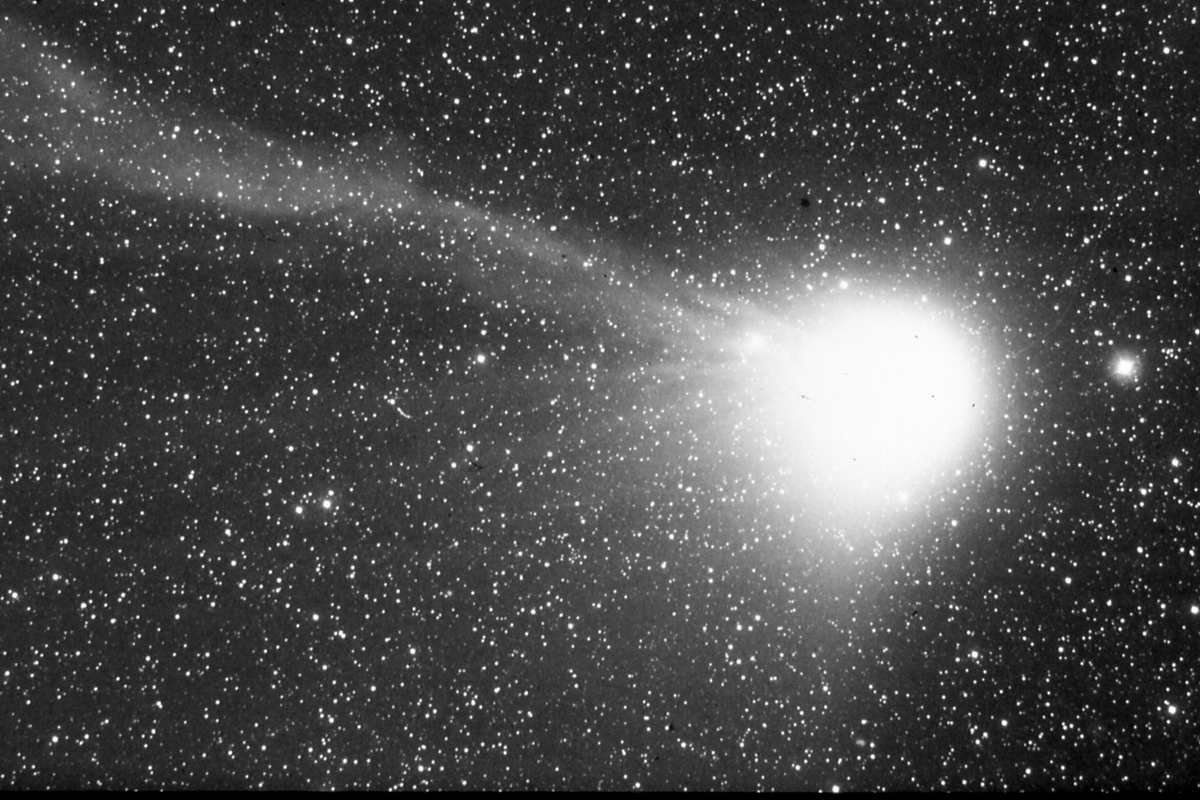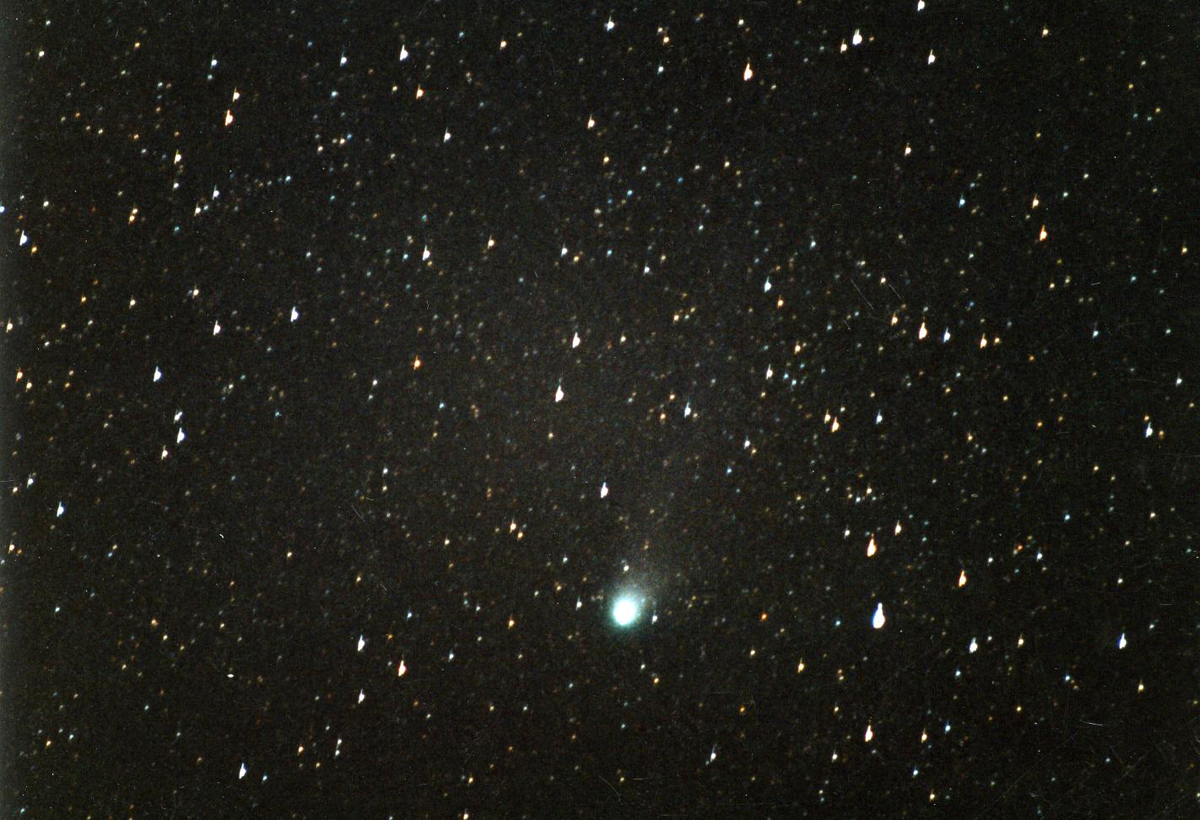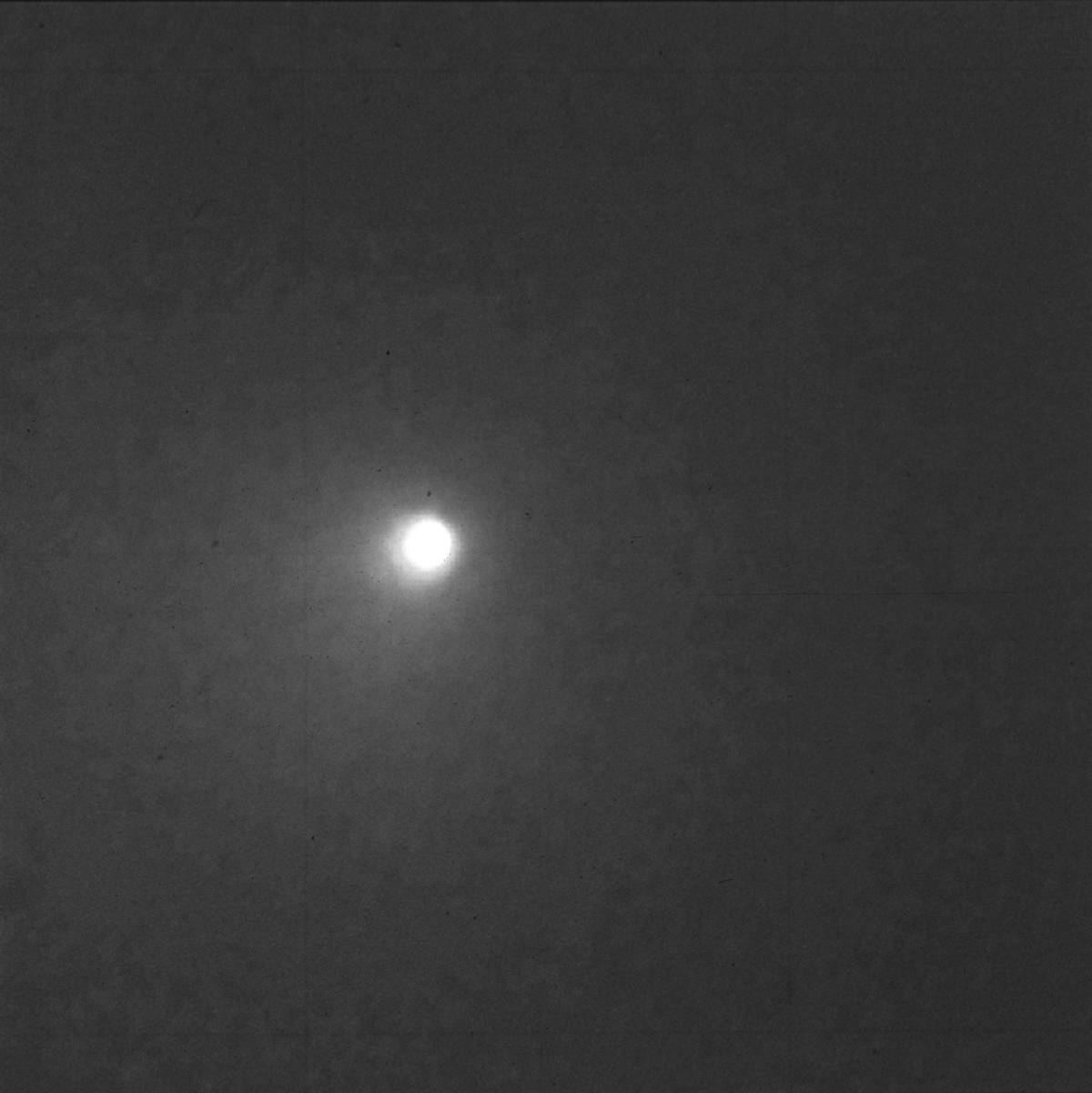

COMET OF THE WEEK
WEEK 34: AUGUST 16-22
COMET LEVY 1990c
Perihelion: 1990 October 24.68, q = 0.939 AU
I’ve commented in previous “Ice and Stone 2020” presentations that I spent several hundred hours unsuccessfully hunting for new comets before giving up that endeavor, and then accidentally discovered the comet that bears my name three years later. I did the bulk of my hunting during the late 1980s and early 1990s when I was a graduate student, during which time I had quite a few competitors who were also hunting comets, and it’s a fair statement that some of these individuals were more successful at this endeavor than I was. One of these is David Levy – a longtime personal friend – who relocated from his native Canada to Tucson, Arizona in the late 1970s in large part to take advantage of that area’s clear desert skies for comet-hunting. David would end up discovering eight comets between 1984 and 1994, and then successfully found a ninth one in 2006. In 1989 he joined the team of Eugene and Carolyn Shoemaker during their monthly searches for near-Earth asteroids at Palomar Observatory in California, and as a part of that collaboration he participated in the discovery of several additional comets, including Comet Shoemaker-Levy 9 1993e – a previous “Comet of the Week” – that impacted Jupiter in mid-1994.
David discovered his sixth comet on the morning of May 20, 1990. Since he was heading out of town for an obligation that he could not miss he called me later that morning to ask me to confirm his discovery, which I successfully did the following morning. At that time it was a relatively condensed object of 10th magnitude located close to the northeastern “corner” of the “Great Square” of Pegasus.
Comet Levy was approaching the sun and Earth, and it brightened rapidly over the next few weeks. By late June it was easily detectable with binoculars near 8th magnitude, and by the end of July it had reached 6th magnitude and could be detected with the unaided eye. It went through opposition just after mid-August and was closest to Earth (0.43 AU) a little over a week later, and around that time it reached a peak brightness near magnitude 3.5. Since the tail was more-or-less directed away from Earth it was not especially prominent, although I did measure a length of about three degrees late that month. As the comet pulled away from Earth during September the view of the tail became more “broadside” and I measured a length of about four degrees; meanwhile, it was also fading, and the brightness had dropped below 5th magnitude by the time the comet disappeared into evening twilight shortly before the end of that month.

 RIGHT: Comet Levy as photographed by its discoverer with the 46-cm Schmidt telescope at Palomar Observatory in California on August 22, 1990. Courtesy David Levy. RIGHT: Photograph I took of Comet Levy on August 25, 1990.
RIGHT: Comet Levy as photographed by its discoverer with the 46-cm Schmidt telescope at Palomar Observatory in California on August 22, 1990. Courtesy David Levy. RIGHT: Photograph I took of Comet Levy on August 25, 1990.
After being in conjunction with the sun around the time of perihelion passage in late October – during which it remained accessible from the southern hemisphere – Comet Levy emerged back into the morning sky as a 7th-magnitude object in early December. It had a second, more distant opposition (1.15 AU) in mid-February 1991, and it remained near magnitude 7.5 around that time while exhibiting both a distinct main tail as well as a prominent and slightly shorter anti-tail. Afterwards it faded rapidly, to beyond the range of visual detectability around the time of the one-year anniversary of its discovery. Larger telescopes continued to follow it until April 1992.
Among the scientific instruments used to study Comet Levy was the Hopkins Ultraviolet Telescope aboard the Space Shuttle-borne Astro-1 observatory, which had originally been planned for deployment in March 1986 to study Comet 1P/Halley but which had been delayed following the destruction of the Space Shuttle Challenger that January. From aboard Columbia on December 12, 1990, Astro-1 successfully observed Comet Levy for twenty minutes and, among other things, detected a large halo of carbon monoxide (possibly released from carbon/hydrogen/oxygen/nitrogen (CHON) particles like those detected around Comet Halley by ESA’s Giotto mission) surrounding the coma. With the exception of the on-site observations of Comet Halley conducted by Giotto, this was the first detection of such a feature associated with a comet.
Comet Levy has the distinction of being the first comet to be observed by the Hubble Space Telescope. Hubble had been deployed from the Space Shuttle Discovery on April 25, 1990, but it was soon apparent that a defect in its optical system prevented images from being able to be brought to a proper focus – a problem that was fixed by a dramatic Hubble Servicing Mission performed by astronauts aboard the Space Shuttle Endeavour in late 1993 that installed would could be called “corrective lenses” on Hubble and restored its vision. In the meantime, the development of sophisticated image processing techniques was still able to help in producing images of remarkable clarity and detail. Hubble observed Comet Levy on September 27, 1990, and was able to resolve individual arc-shaped jets (emanating from the nucleus) within the very innermost coma. Since that time, and especially after the 1993 maintenance mission, Hubble has gone on to observe numerous additional comets as well as many, many other objects which have helped in completely revolutionizing our knowledge of the universe within which we live.

 LEFT: The inner coma of Comet Levy, as imaged by the Hubble Space Telescope on September 27, 1990. Courtesy NASA. RIGHT: A pre-discovery trailed image of Comet Levy, from the blue print of the Second Generation Palomar Sky Survey, taken September 24, 1989. Courtesy Digitized Palomar Sky Survey.
LEFT: The inner coma of Comet Levy, as imaged by the Hubble Space Telescope on September 27, 1990. Courtesy NASA. RIGHT: A pre-discovery trailed image of Comet Levy, from the blue print of the Second Generation Palomar Sky Survey, taken September 24, 1989. Courtesy Digitized Palomar Sky Survey.
“Comet of the Week” archive
Ice and Stone 2020 home page
Earthrise Institute home page